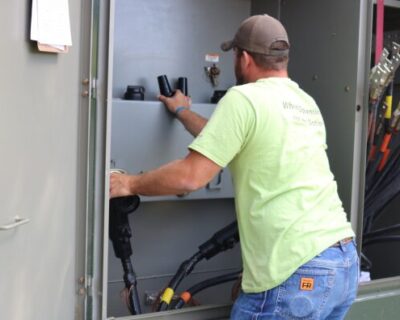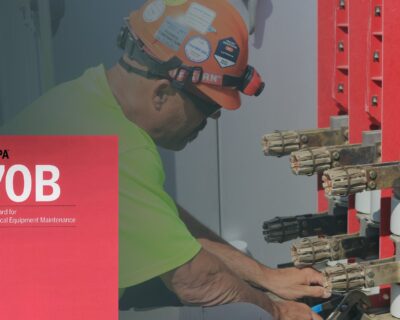Learn
Is It Mandatory to do Electrical Testing and Maintenance?
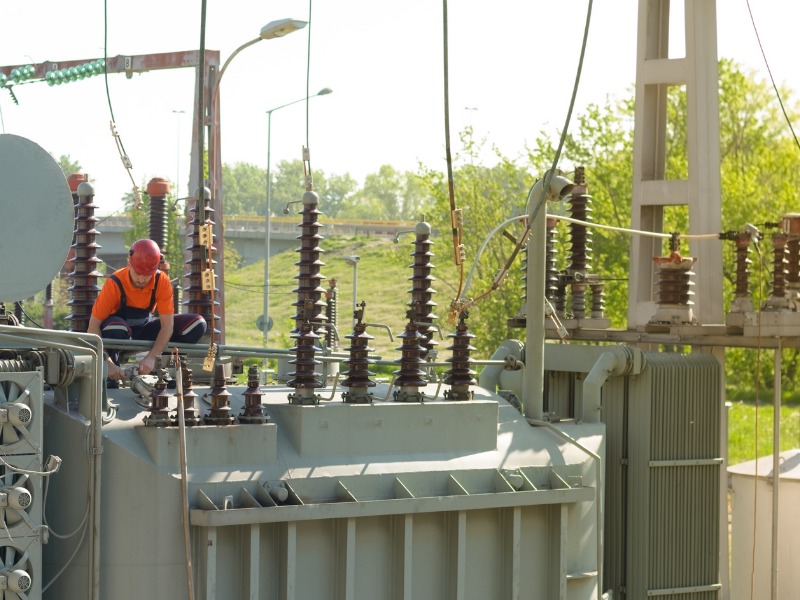
See our updated post on this topic: NFPA 70B updates
OSHA states that electrical equipment shall be free from recognized hazards that are likely to cause death or serious physical harm to employees. However, it does not say how to do that. The NFPA 70E – Standard for Electrical Safety in the Workplace and NFPA 70B – Recommended Practice for Electrical Equipment Maintenance are the documents that explain how to do that. In the US, local OSHA rules are increasingly adding NFPA 70E and NFPA 70B to their requirements. Check your local OSHA office for your area. Regardless of the NFPA mandates in your area, experienced facility managers follow the best practices outlined in NFPA 70E and NFPA 70B. In addition to helping keep the facility more reliable, it diminishes the risk of serious injury or death from an electrical accident.
Reasons to do electrical maintenance:
- The natural deterioration begins as soon as new equipment is installed.
- How long do transformers last?
- How long does a circuit breaker last?
- Idle equipment freezes and can cause malfunction or even electrical failure
- Electrical equipment life will be extended dramatically by simple precautions that promote cleanliness, dryness, tightness, and the prevention of friction.
NFPA 70E and NFPA 70B states that electrical equipment shall be maintained in accordance with manufacturer instructions or industry consensus standards to reduce the risk associated with failure. The cost of not doing electrical maintenance can lead to very costly equipment repairs and replacement.
Possible equipment that would be very costly to repair and replace:
- Transformers
- Generators
- Cables
- Motors
- Circuit Breakers
- Switchgear
Maintenance considerations:
What happens when the electrical maintenance and testing of a facility is neglected? Here are some examples of what can happen when electrical maintenance is not done.
Here, the bus failed because of dirt, moisture, and contaminants, which caused tracking issues.

Not all electrical equipment has moving parts; however, they still need maintenance and to be exercised to keep the equipment functioning properly.
Here is another example of a lack of maintenance and the issues it can cause. Before de-energizing a plant, a fuse cutout was found to be broken. Power was de-energized upstream, and all three cutouts were found to need replacement.
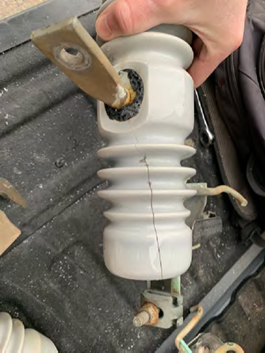
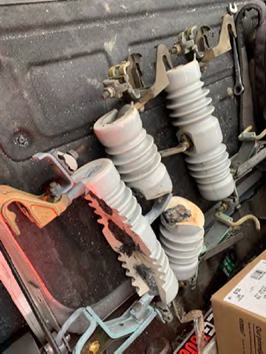
In this example, you can see how the medium voltage cable was blown and burned up. This was most likely due to an incorrect bending radius.
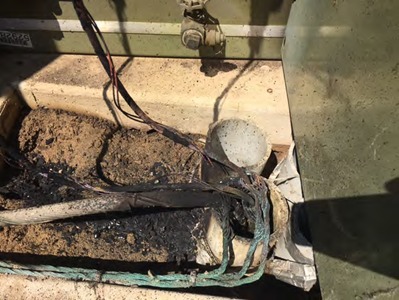
Electrical maintenance may not be required at your facility. However, you can see how it can cause downtime, money, and work safety concerns. Doing maintenance will save you time and money and keep your employees safe. Learn more by downloading our Why, What, When, and Who of Electrical Maintenance white paper.



